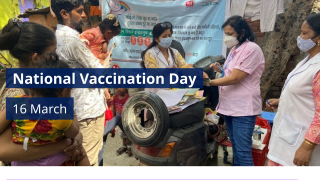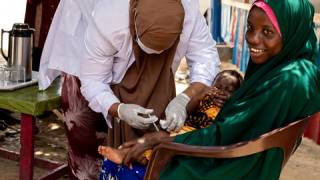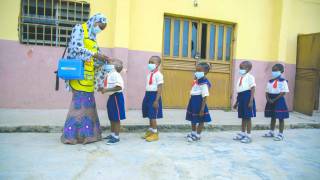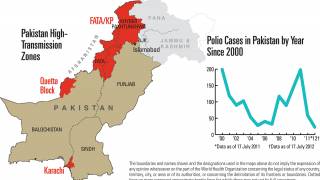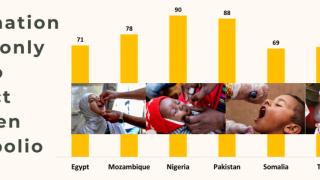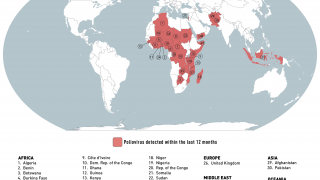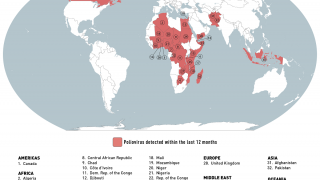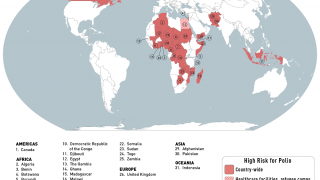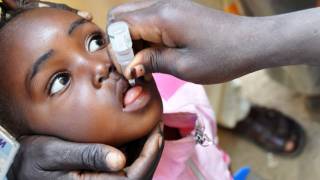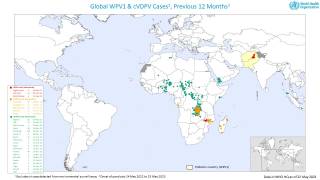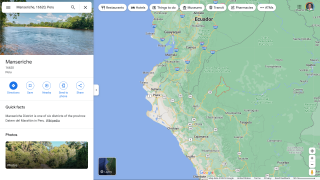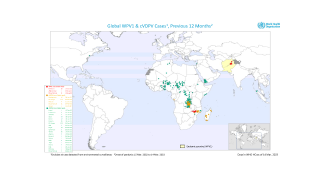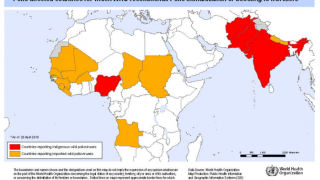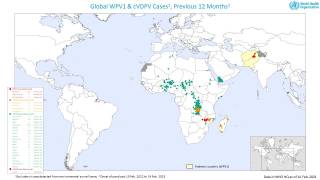Poliovirus Investigation Integrates Michigan and Pennsylvania

During the summer of 2022, the state of New York (N.Y.) began investigating the presence of poliovirus in wastewater in various counties.
As of October 28, 2022, eight-two wastewater samples have been found genetically linked to the individual case of paralytic polio (Acute Flaccid Myelitis) in a Rockland County, N.Y., resident.
In response to the unknown risk, the U.S. Centers for Disease Control and Prevention (CDC) announced on November 30, 2022, that it would strategically expand poliovirus wastewater testing in select jurisdictions across the country.
As an example, the Michigan Department of Health and Human Services and the Philadelphia Department of Public Health are among the first locations to explore plans to start collecting wastewater samples in specific communities for analysis at CDC's polio laboratory.
Finding poliovirus in wastewater indicates that someone in the community is shedding poliovirus, says the CDC.
However, wastewater data cannot be used to identify who is infected or how many people or households are affected.
Still, it can enhance other data for polio prevention programs, including rapid investigation of suspected polio cases.
"Wastewater testing can be an important tool to help us understand if poliovirus may be circulating in communities in certain circumstances," said Dr. José R. Romero, Director of CDC's National Center for Immunization and Respiratory Diseases, in a released press release.
It will not be surprising if poliovirus is detected in wastewater because poliovirus strains can be shed in people's stool without symptoms.
However, not all possible poliovirus detections are cause for concern.
In the U.S., the risk to the public is low because about 92% of Americans were vaccinated during childhood.
Unfortunately, the World Health Organization added the U.S. on September 13, 2022, to a list of about thirty countries where circulating vaccine-derived poliovirus has been identified in 2022.
The recommended inactivated poliovirus vaccine (IPV) series is highly effective in preventing paralytic polio. In addition, the vaccine protects against severe disease in almost everyone who has received the recommended doses.
Additionally, access to clean drinking water, modern sewage systems, and wastewater management further help prevent viruses like poliovirus from spreading in a community.
When poliovirus is found in communities with low vaccination rates., improving vaccination coverage is key to preventing additional cases of paralytic polio in the U.S., says the CDC.
'To continue protecting children, no matter where they live, they must be fully vaccinated against polio to prevent illness and disability.'
The virus can infect a person's spinal cord, causing paralysis.
Paralysis caused by poliovirus occurs when the virus replicates in and attacks the nervous system. Furthermore, paralysis can be lifelong, and it can be fatal.
Even children who seem to recover fully can develop new muscle pain, weakness, or paralysis as adults 15 to 40 years later.
Various U.S. FDA-approved vaccines contain IPV and are generally available at most clinics and pharmacies in the U.S.
Since the nOPV2 vaccine's launch in March 2021, approximately 525 million doses have been administered in more than 25 countries. An additional 15 countries have met the requirements for nOPV2 use in the event of a polio outbreak.
However, the nOPV2 is not authorized by the U.S. FDA as of December 2022.
Other polio outbreak news is posted at PrecisionVaccinations.com/Polio.
PrecisionVaccinations publishes fact-checked, research-based vaccine information manually curated for mobile readers.
Our Trust Standards: Medical Advisory Committee

